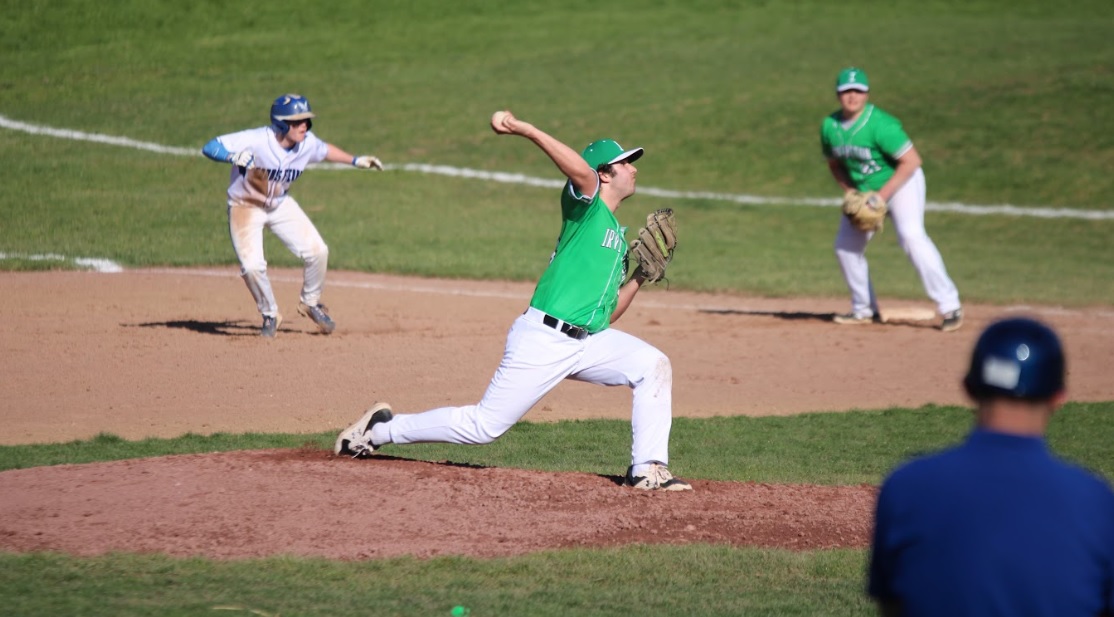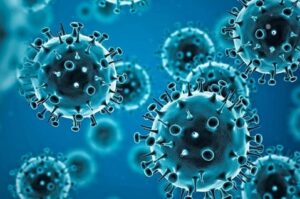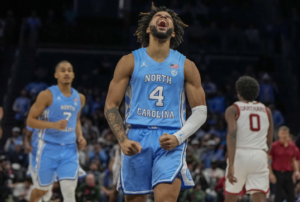by John Salvatore
The uptick in injuries to the ulnar collateral ligament demands the youth baseball player to take more preventative actions and take the throwing arm more than elbow.
Throwing a baseball places an immense amount of stress on the UCL specifically, a small bridge of tissue that connects the humerus bone and the ulna bone. Although this is true, with refined biomechanics and a watchful eye on pitch counts one can severely lower the risk of tearing the UCL.
The first, and most basic way to keep the UCL intact is the throwing mechanics. How someone oriented the entire body within the throw can dramatically impact the amount of stress the UCL is exposed to. Utilizing the entire body to power the throw is known as maximizing the kinetic chain. The sending of energy up through the trunk and arm, and then into the ball. Maximizing the kinetic chain for power takes a lot of stress off the arm because now the arm is not the main producer of force.
Having total body strength to facilitate this type of throwing is important. Furthermore, during the throw, the arm should not be lower than the shoulder once the front foot hits the ground. If the arm is not equal in height with the shoulder at this point, the UCL is put in a much more fragile and unstable position. Creating optimal mechanics like this is the first step in having a lengthy and no injury riddled career.
Although working out and exercising is a great way for pitchers to strengthen the whole body, playing other sports is a much easier and enjoyable (for some) way to accomplish the same task. Moreover it also provides a period of rest for the athlete, as not playing baseball year round can give the ucl a much needed break from the stress it experiences during the throw. Also keeping a watchful eye on pitch counts, intensity, frequency and overall volume in the season is necessary to keep the elbow feeling fresh and healthy
Even with all this the risk of injury is never at zero despite attempts at lowering it. Prevention takes focus on the parts of the game that aren’t fun to do, but keep you on the field. This includes a dedicated focus on physical conditioning that extends beyond the throwing arm. Strengthening the musculature surrounding the shoulder, rotator cuff, and forearm provides crucial stability to the elbow joint, enabling these supporting muscles to absorb and dissipate the forces generated during pitching.
Active recovery protocols, proper nutrition to fuel tissue repair, and ensuring sufficient sleep are all integral to allowing the body to adapt and recover from the stresses of training and competition. Recognizing and addressing early signs of fatigue or discomfort is also crucial, preventing minor issues from escalating into significant injuries.
Ultimately, preventing UCL tears in young baseball players necessitates a major shift towards the model of arm care. By being a little tedious about efficient throwing mechanics, implementing workload management strategies, and fostering a holistic approach to player well-being that prioritizes strength, recovery, and open communication, we can strive to create an environment that provides safety and long-term health and potential of these young athletes, allowing them to thrive in the sport they love.











Comments are closed.